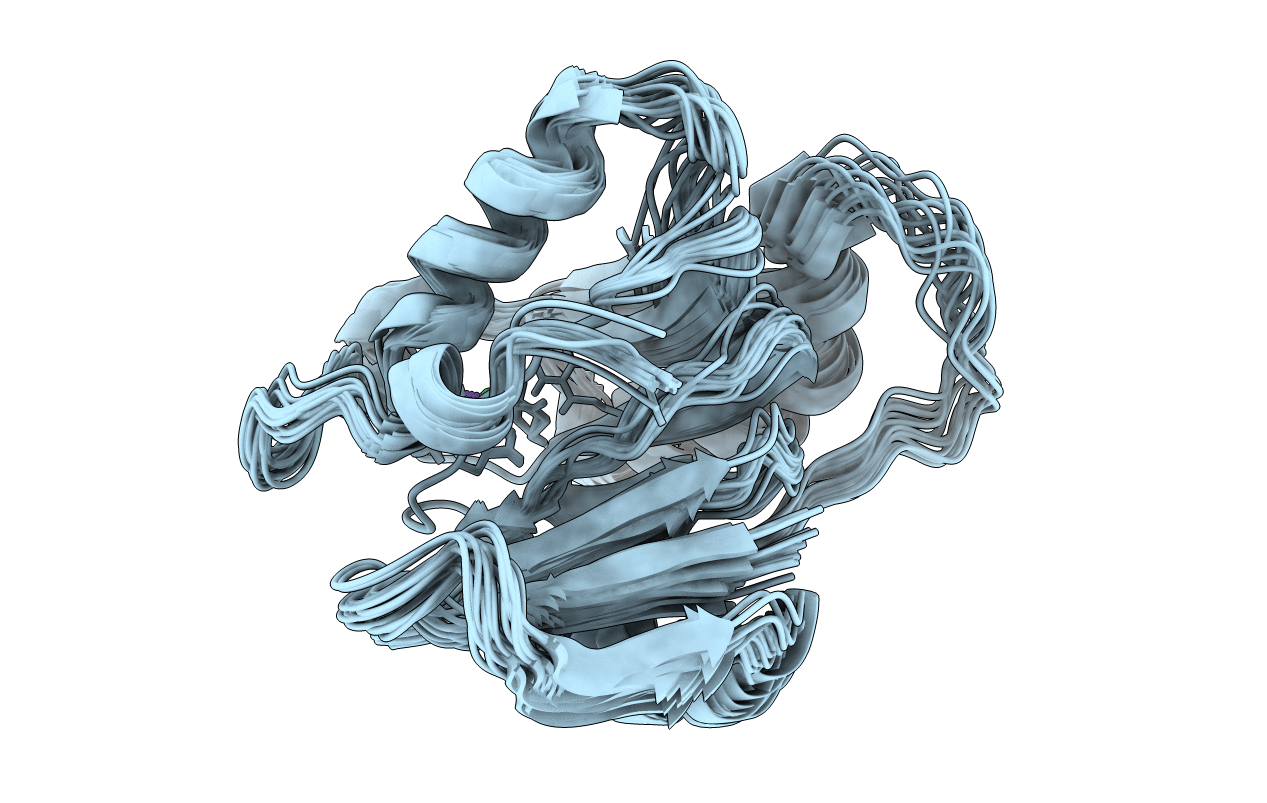
Deposition Date
2005-05-19
Release Date
2005-12-06
Last Version Date
2024-05-22
Entry Detail
PDB ID:
1ZRR
Keywords:
Title:
Residual Dipolar Coupling Refinement of Acireductone Dioxygenase from Klebsiella
Biological Source:
Source Organism:
Klebsiella oxytoca (Taxon ID: 571)
Host Organism:
Method Details:
Experimental Method:
Conformers Submitted:
17


